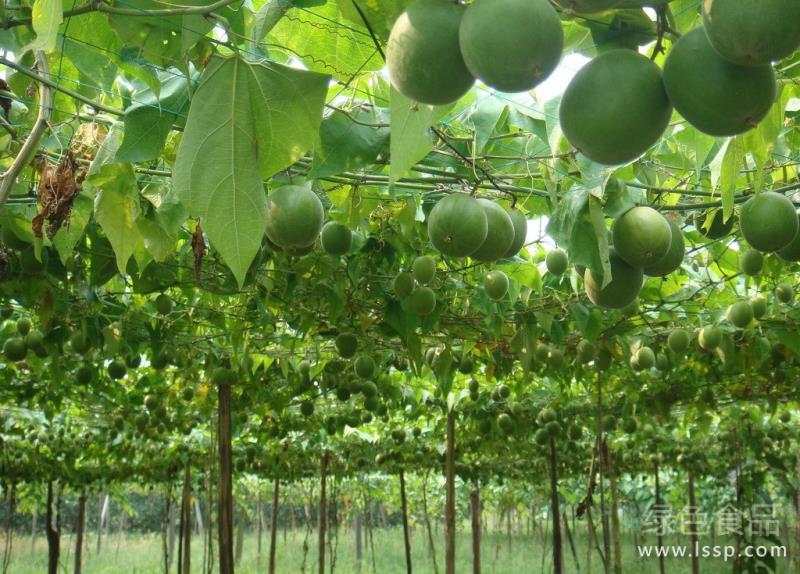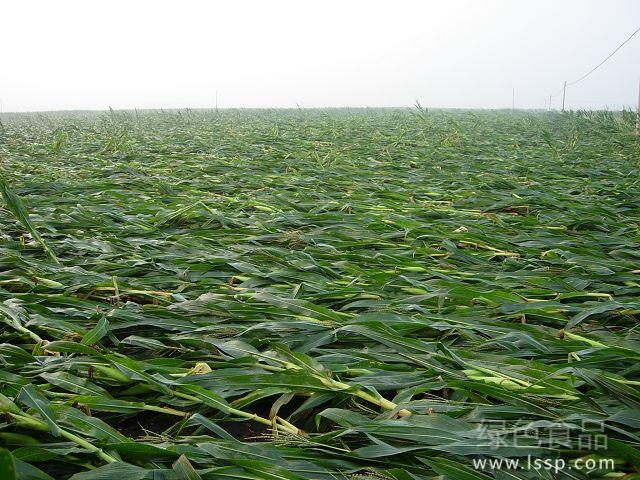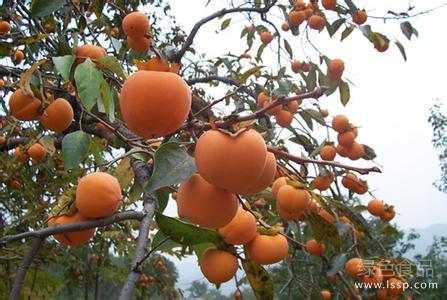How to reduce drug pollution and control diseases and insect pests in fruit trees without spraying

fruit trees
Chemical control is the main measure to control fruit tree diseases and insect pests in production, but as an auxiliary means, combining some agricultural, physical, biological and artificial measures with chemical control can not only achieve double results, but also greatly reduce the cost of pest control and reduce the pollution of pesticides to the environment. It is an important way and inevitable choice for building a resource-saving and environment-friendly society in rural areas.
insect net covering
Covering insect nets can not only prevent insects, but also prevent heavy rain, hail, strong wind, and moderate shading, but due to the high cost, production is mostly used for fruit tree cultivation facilities.
clean orchard
In the growing season, timely picking up or picking up damaged fruits, branches and leaves and centralized treatment can effectively reduce the source of insects (bacteria) in the next generation; in autumn and winter, combining pruning to cut off diseased shoots and insect tips, and removing weeds and dead leaves in orchards and their surroundings, centralized burning or deep burial can eliminate a large number of overwintering pests.
manual elimination
In the growing season, timely remove the egg mass of the evening caterpillar, break the yellow thorn moth cocoon on the trunk and branch, scrape off the egg mass of the gypsy moth on the trunk, and dig out the longicorn egg on the branch; when the scale insect occurs seriously, brush off the larvae and egg sacs attached to the branch with a hard brush; timely cut off the branches of the leaf roller moth pests, timely cut off the diseased tips of the powdery mildew, timely cut off the egg sacs of the moth pests, timely cut off the damaged branches of the apple branch and burn them in a centralized manner.
shock kill
In the growing season of fruit trees, for some pests with pseudo-death habits, such as scarab, leaf beetle, longicorn, chestnut real elephant, etc., they can be shaken down by shaking trees and then killed intensively; in winter, when rime weather occurs, they can be shaken down by hitting branches.
winter bark
Fruit tree peeling is an important measure of orchard management in winter, which is not only beneficial to strengthen tree vigor, but also can eliminate germs and pests, reduce overwintering base, control or reduce the occurrence and harm of some diseases and insect pests in the coming year, thus receiving the control effect of "no pesticide application, better pesticide application". Fruit tree scraping in winter can be carried out from the time of fruit tree defoliation to the time of germination in the following spring, mainly by scraping off the thick skin and warped skin on the trunk and main branches. The degree of scraping is appropriate to scrape off the light brown cortex and see green but not white; when scraping, lay a plastic cloth under the tree to collect the bark and debris scraped off, and bury or burn them deeply. For fruit trees with rot and dryness, apply thiram or sulfur mixture after peeling.
Orchard
tree trunk whitewash
Trunk painting in winter can not only prevent sunburn and freezing injury of fruit trees, but also eliminate a large number of germs and pests overwintering on the trunk. The preparation ratio of the whitening agent is generally: 10 parts of quicklime, 2 parts of stone sulfur mixture, 1 -2 parts of salt, 2 parts of clay and 35-40 parts of water. It is better to paint white twice, the first time after the fruit trees fall and before the soil freezes, and the second time in early spring.
fruit bagging
Fruit bagging can effectively reduce or avoid the damage of fruit eating pests such as fruit borers. plowing tray
Deep ploughing is not only an important measure to improve soil and increase fruit yield, but also an effective method to eliminate overwintering pests. Through deep ploughing, the pests (such as peach fruit borer, peach moth, etc.) and germs overwintering in the soil can be turned to the ground and frozen to death, dried or eaten by natural enemies, so that some germs and pests (such as curly moths, aphids, red spiders, etc.) overwintering in the ground branches, rolled leaves and weeds can be buried deep underground and suffocated due to failure to emerge normally, thus reducing the overwintering base.
light trapping
Using the phototaxis of fruit tree pests, black light lamp, high pressure mercury lamp and frequency vibration trap lamp can be set up in fruit trees to trap and kill them. The method has obvious control effect on peach fruit borer, apple leaf roller, golden stripe moth, peach moth, litura moth, gypsy moth, jumping beetle, mole cricket and the like.
- Prev

Natural disasters are difficult to resist the lodging reduction measures of corn affected by natural disasters
Natural disasters are difficult to resist the lodging reduction measures of corn affected by natural disasters
- Next

Three key points of raising young trees to save old persimmon trees in winter pruning
Three key points of raising young trees to save old persimmon trees in winter pruning
Related
- Fuxing push coffee new agricultural production and marketing class: lack of small-scale processing plants
- Jujube rice field leisure farm deep ploughing Yilan for five years to create a space for organic food and play
- Nongyu Farm-A trial of organic papaya for brave women with advanced technology
- Four points for attention in the prevention and control of diseases and insect pests of edible fungi
- How to add nutrient solution to Edible Fungi
- Is there any good way to control edible fungus mites?
- Open Inoculation Technology of Edible Fungi
- Is there any clever way to use fertilizer for edible fungus in winter?
- What agents are used to kill the pathogens of edible fungi in the mushroom shed?
- Rapid drying of Edible Fungi

